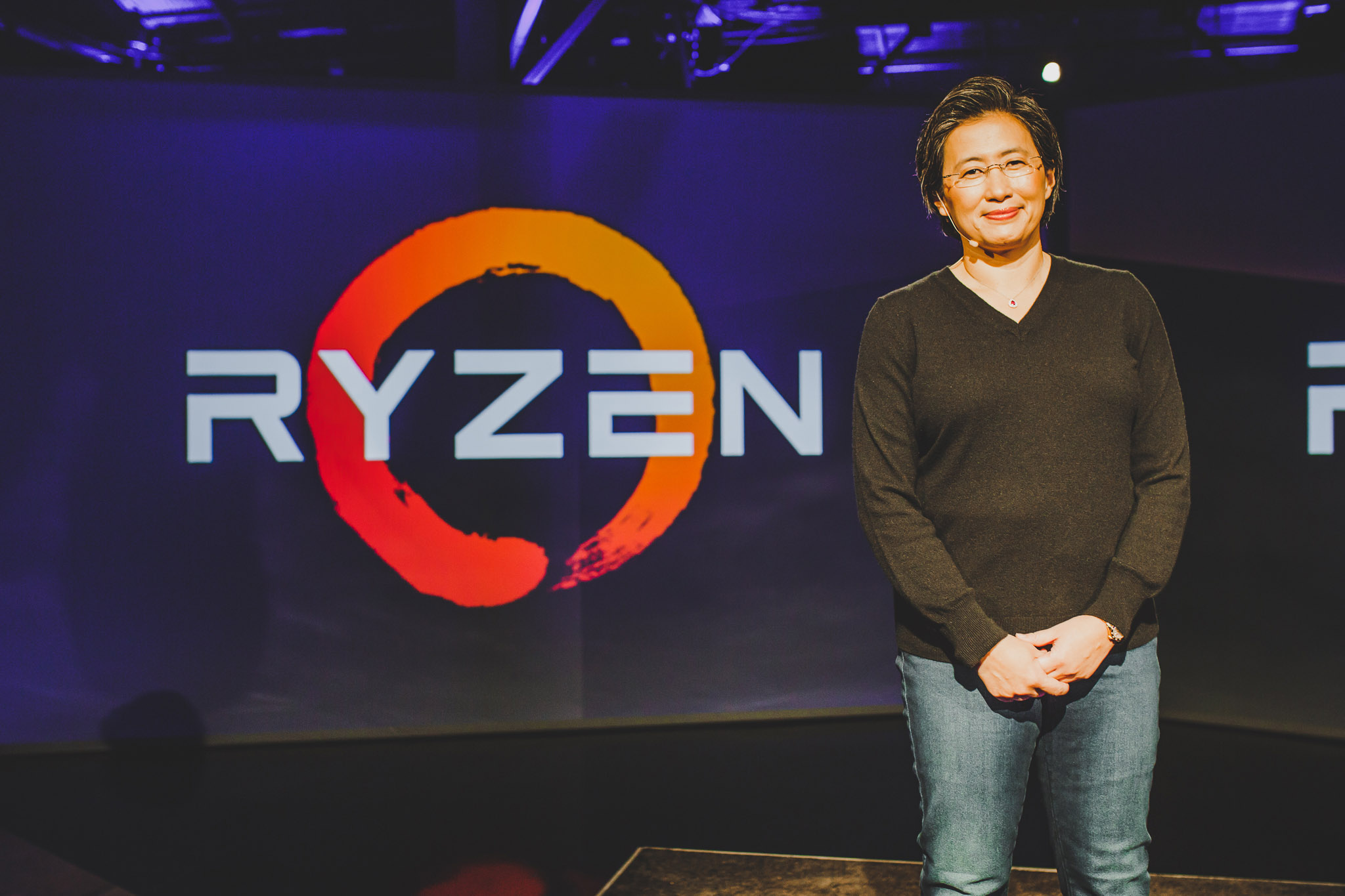In the third quarter (July-September) of this year, AMD gained 24.6% of the x86 processor market share. You can consider the figure in the title as rounded, but due to the fact that the value of 24.6% is the average for the whole third quarter (in other words, in the second half of the quarter the share must have been higher than this value), the immediate 25% share was long reached and probably overcome (about five weeks have passed since the end of the third quarter).
AMD thus gained the market share it last had in 2006, 15 years ago. Any further growth in the x86 market will now be very difficult for the company. Not only because Intel is discussing as Alder Lake returns to the high-end (Ryzeny 9 will no longer be without competition). Especially since there is nothing to take in the retail segment (AMD has an overwhelming majority there) and an OEM segment from which to take, Intel has secured relationships with partners, and overcoming this barrier is further complicated by the fact that AMD does not have such production capacity to afford to tear off a significant piece of the OEM segment.
Sample Zen 3 with v-cache on one of the chipsets
It could thus be considered a success if the company maintained its 25% stake in the long run. However, it still has potential in the graphics and prospectively – if the acquisition of Xilinx can be completed (so far everything is going according to plan) – in the FPGA segment.
Further development will depend, among other things, on the success of the upcoming products. A mobile version of the APU is expected to be launched Rembrandt (Zen 3+ a RDNA 2) at CES in January, followed by the first quarter Zen 3 with v-cache for desktop. A version could follow at the end of the second quarter Rembrandt for desktop. Autumn should happen on Zen 4 and the graphical architecture of RDNA 3, with a top model with a core Navi 31 will probably appear at the beginning of 2023, when the APU is also expected Phoenix with cores Zen 4. Processors with cores Zen 4 they will stand against architecture Raptor Lake from Intel. It will probably combine eight improved large kernels from Alder Lake with sixteen small cores Gracemont (ie twice that Alder Lake).
–


